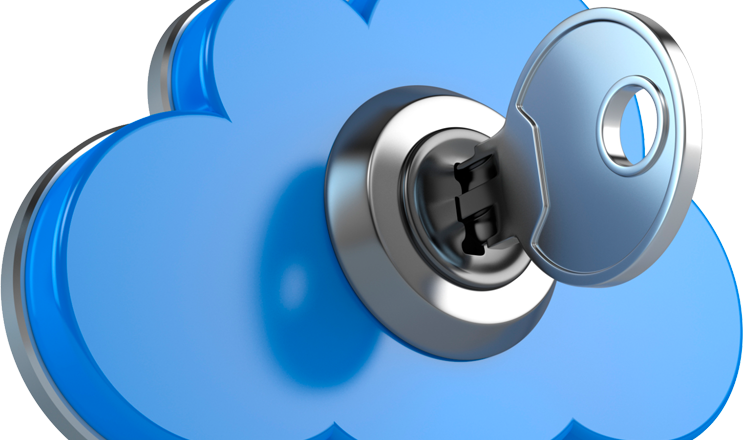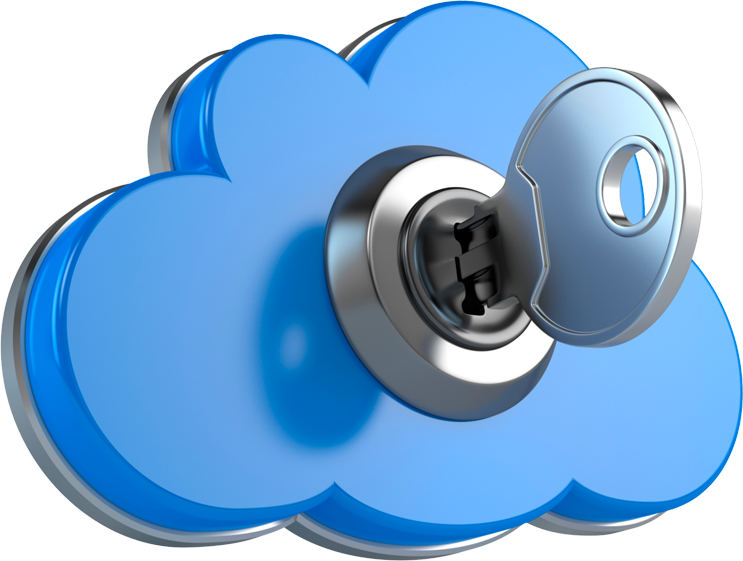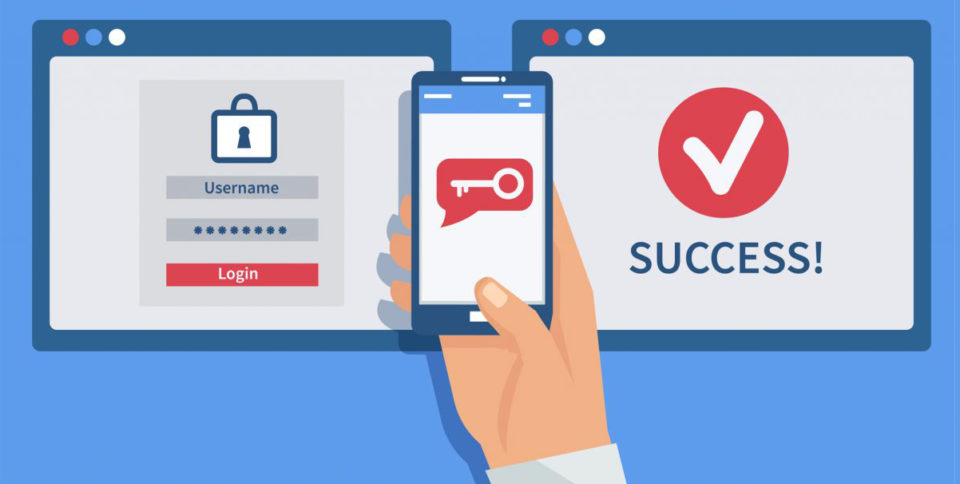
Cloud storage and infrastructure is the way forwards for organizations due to the massive range of benefits it offers, but how secure is your cloud?
Security is the single most important factor when it comes to an organization’s IT operations, so it’s essential that it’s treated with the utmost attention. However, cloud networks are a relatively new platform and, as a result, the level of security knowledge behind these platforms is lacking compared to more traditional networks. Hackers, of course, are keen to this fact and invest substantial time and effort in uncovering security vulnerabilities that they can exploit. Combating this threat, therefore, is paramount to your organization’s security.
As I’ve already stated, cloud networks are a new phenomenon and the wider community generally isn’t as clued up on them as they perhaps should be. And this leads to common mistakes that can cost dearly. However, by taking a look at the biggest cloud security mistakes you can make, you can hopefully avoid them.
Multi-factor Authentication is Vital
Administrative accounts on cloud networks have significantly more privileges than your standard employee’s privileges. Mostly, this is down to the amount of IT knowledge required to carry out these system admin tasks. A non-IT employee simply doesn’t need these privileges. Accordingly, an administrative account is much more attractive to a hacker, so security needs to be tightened. Any cloud platform that understands security risks should have an option for multi-factor authentication, so make sure this is rigorously enforced for all administrative accounts.
Limit the Use of your Admin Account
The root account is the first account you create when you sign up with a cloud provider. It’s a highly privileged account as it contains access to every aspect of your cloud network. If this account is compromised then your entire cloud network is at the mercy of hackers. And this is why you need to limit usage on this account to only the most necessary tasks e.g. do not use the root account for general day to day tasks that put you more at risk of being infected by malware etc.
Check the Encryption Methods
Security moves at a rapid pace and the level of encryption that is now available on cloud networks such as TLS-based encryption is fantastic. Unfortunately, there are also plenty of cloud networks that still operate with less security encryption methods such as the SSL protocol. To minimize the risk of your cloud account becoming compromised, you need to investigate the encryption method used on your network. If it’s even slightly outdated, then it’s time to upgrade.
Restrict the Availability of Sensitive Information
The beauty of cloud storage is that it can be accessed from anywhere, so this opens up your data to a much larger audience if you grant them access to it. While this allows you to collaborate with other organizations and remote employees much more easily than ever before, it also puts your data at risk. Your organization needs to bear this in mind and access controls need to be thoroughly thought through to prevent sensitive data being accessed outside of your organization. Ensure that your employees are aware of the open nature of cloud networks when saving data to such public drives.
For more ways to secure and optimize your business technology, contact your local IT professionals.
Read More




